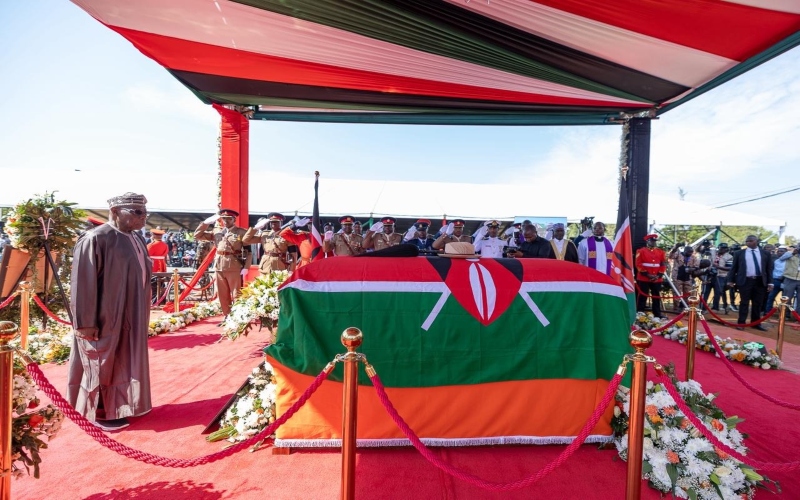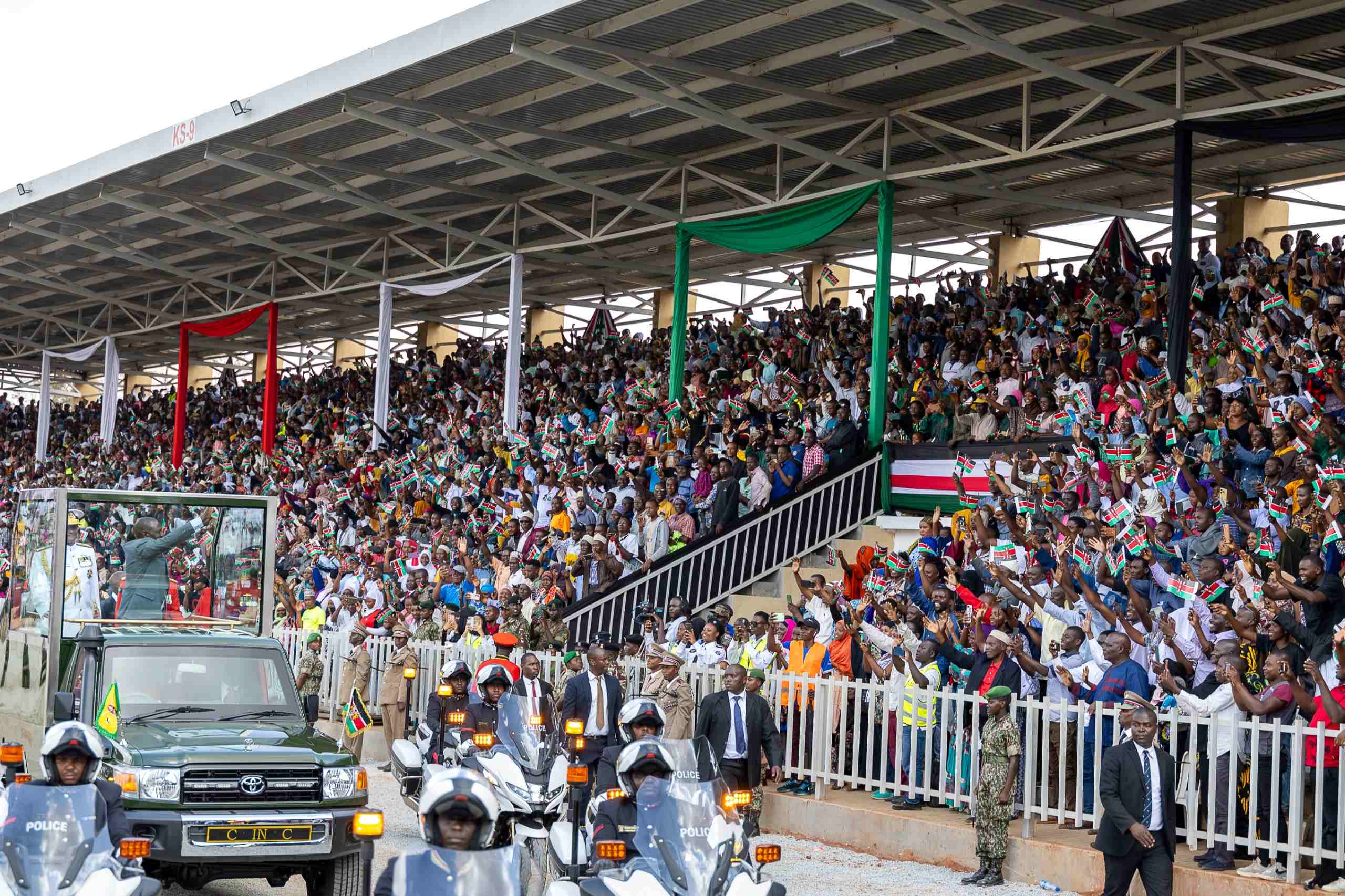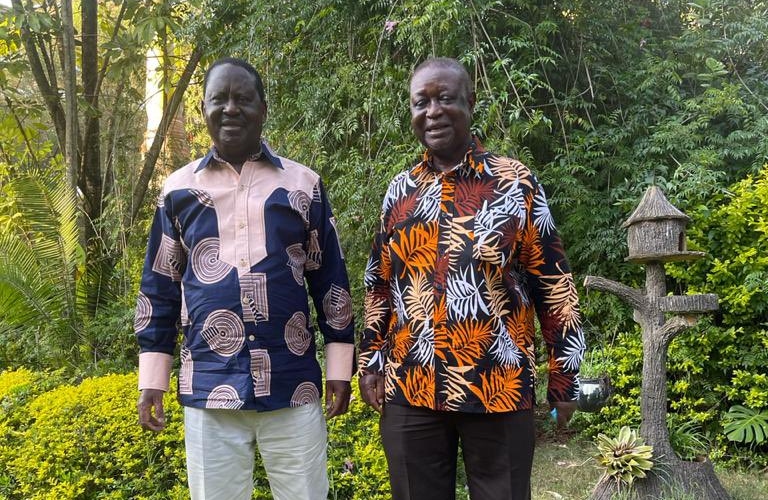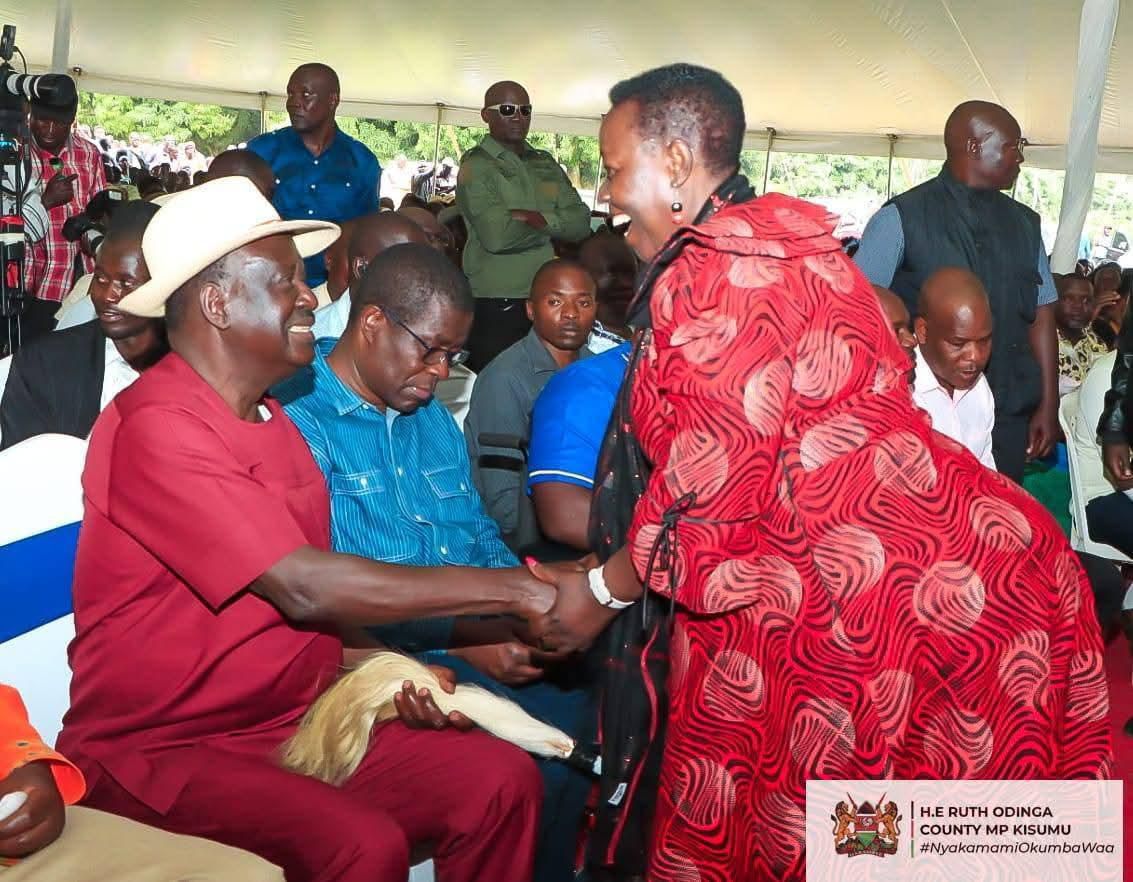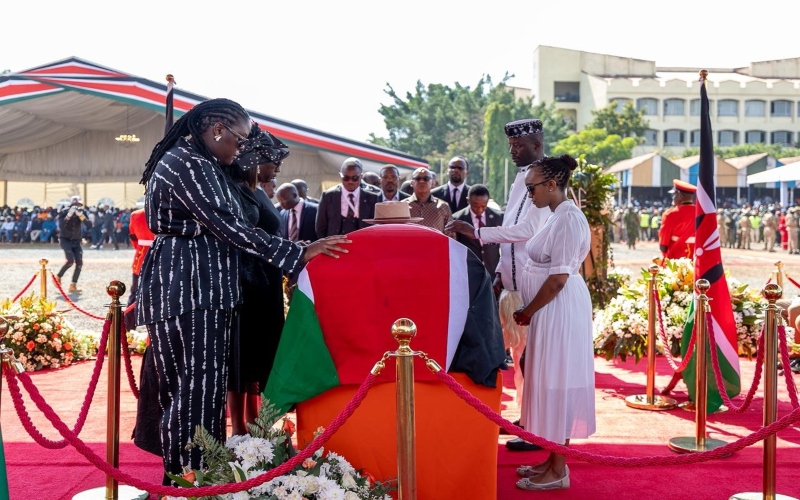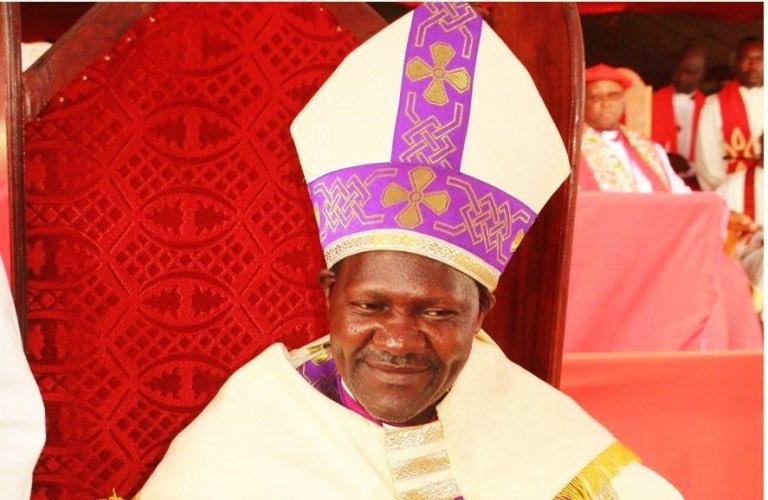Health ministry flagged for low development budget absorption despite high funding

CoB Margaret Nyakang’o commented on the low development budget absorption, stating, that this indicates that some planned activities were not implemented.
The Ministry of Health has been flagged for having one of the lowest development budget absorption rates, despite receiving Sh118.86 billion for the 2024/2025 financial year.
According to the Controller of Budget (CoB) first quarterly report for 2024, the Ministry of Health was allocated Sh118.86 billion in the supplementary budget.
More To Read
- Controller of Budget flags 16 counties for concealing true staff expenditures
- KMPDC launches 2026 licence renewal for doctors, health facilities
- Turkana County, Amref launch final phase of HIV, TB and reproductive care project
- Kiambu County dismisses claims of surge in infant fatalities due to doctors' strike
- Court orders equal pay for UHC nurses amid absorption plan
- Crisis: Audit uncovers deep funding, staffing woes in public hospitals
Despite the substantial funding, the ministry’s absorption rate for development projects was just 6.2 per cent, well below the expected 25 per cent, while recurrent expenditure saw a higher absorption rate of 14.88 per cent.
CoB Margaret Nyakang’o commented on the low development budget absorption, stating, that this indicates that some planned activities were not implemented.
“The development budget recorded the lowest absorption, implying a likelihood of delayed project implementation in the financial year,” she said.
Health, which is primarily a devolved function under the Fourth Schedule of Kenya’s Constitution, is responsible for national health policy formulation, service delivery coordination, and healthcare regulation.
It comprises the State Department for Medical Services and the State Department for Public Health and Professional Standards.
The CoB report highlighted that the State Department for Medical Services received the majority of the allocation, amounting to Sh91.98 billion (77 per cent), while the State Department for Public Health and Professional Standards was allocated Sh26.87 billion (23 per cent).
The large share allocated to the State Department for Medical Services is attributed to high budget allocations within national referral services.
Out of the Sh91.98 billion allocated to the State Department for Medical Services, Sh32.03 billion (27 per cent) was earmarked for development activities, while Sh86.83 billion (73 per cent) was for recurrent expenditure, according to the National Government Budget Implementation review from July to September 2024.
Among the projects under the State Department for Medical Services, some of the highest absorption rates included Communicable Disease Control and Social Protection in Health in the Curative and Reproductive Maternal New Born Child Adolescent Health, which recorded an absorption rate of 32 per cent.
The department also managed to achieve a 28 per cent absorption rate in the first three months of the financial year, placing it among the top 10 ministries with the highest development expenditure.
Despite this, some projects performed poorly in terms of absorption. The central radioactive waste processing facilities, under the State Department for Public Health and Professional Standards, registered an alarmingly low absorption rate of just one per cent.
Health infrastructure projects, including the purchase of specialised medical equipment, had a similarly low absorption rate of only two per cent.
In contrast, the State Department for Public Health and Professional Standards showed stronger performance, with development expenditure absorption reaching 33 per cent and recurrent expenditure absorption at 22 per cent.
One of the department’s notable projects, the equipping of laboratories and classrooms at Kenya Medical Training College, exceeded its budget by 15 per cent.
Overall, the Ministry of Health was ranked among the three ministries with the lowest performance, managing just 10 per cent of the expected 25 per cent absorption rate for development budgets. Despite this, the ministry performed better in recurrent expenditure, with a 25 per cent absorption rate, placing it second after Education at 26 per cent.
Nyakang’o called on government entities with low budget absorption to identify and address the challenges hindering effective implementation and to expedite underperforming projects in subsequent periods.
“Programmes with low budget absorption should be fast-tracked to enhance effective service delivery,” she urged.
The CoB report, prepared in compliance with Article 228 (6) of Kenya’s Constitution and Section 9 of the Controller of Budget Act, 2016, is the second budget report under Kenya’s Fourth Medium-Term Plan (2023-2027) within the Vision 2030 framework, which is being implemented under the Bottom-Up Economic Transformation Agenda.
Top Stories Today






